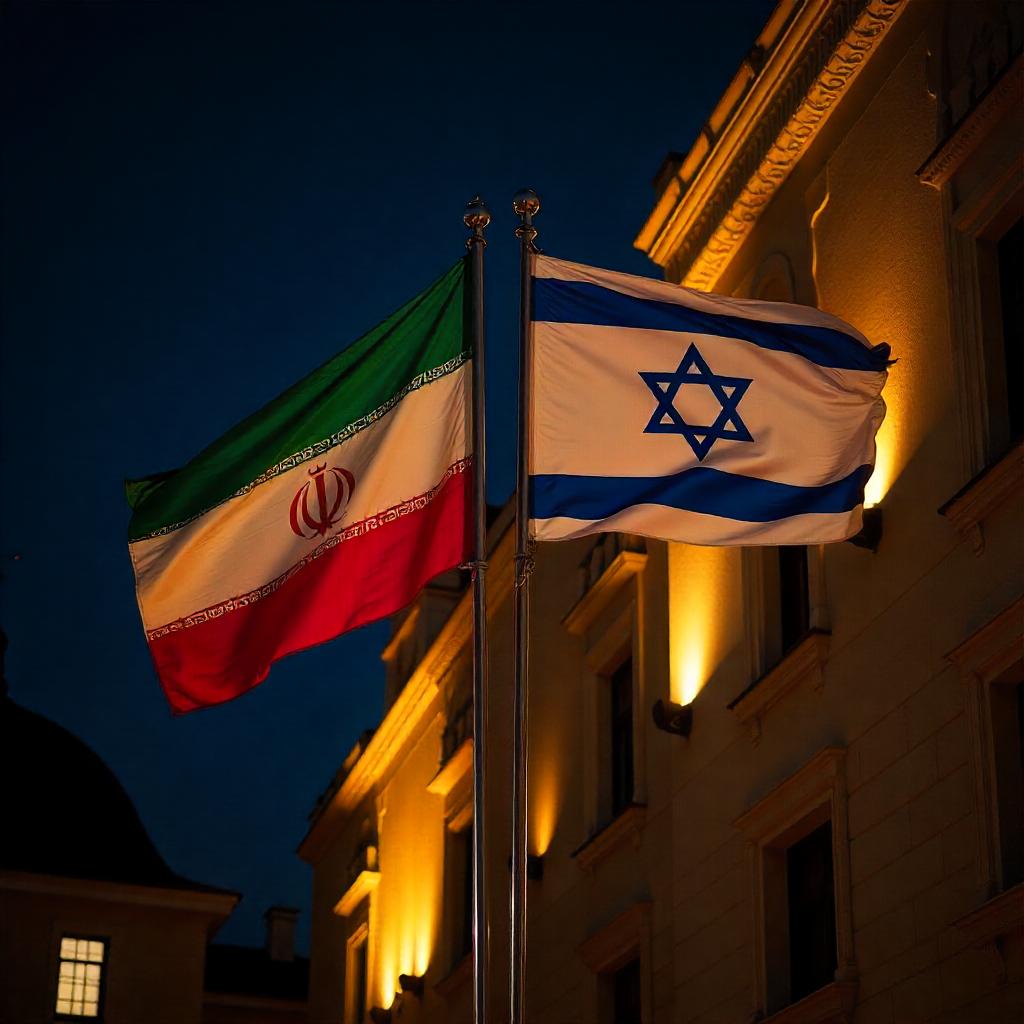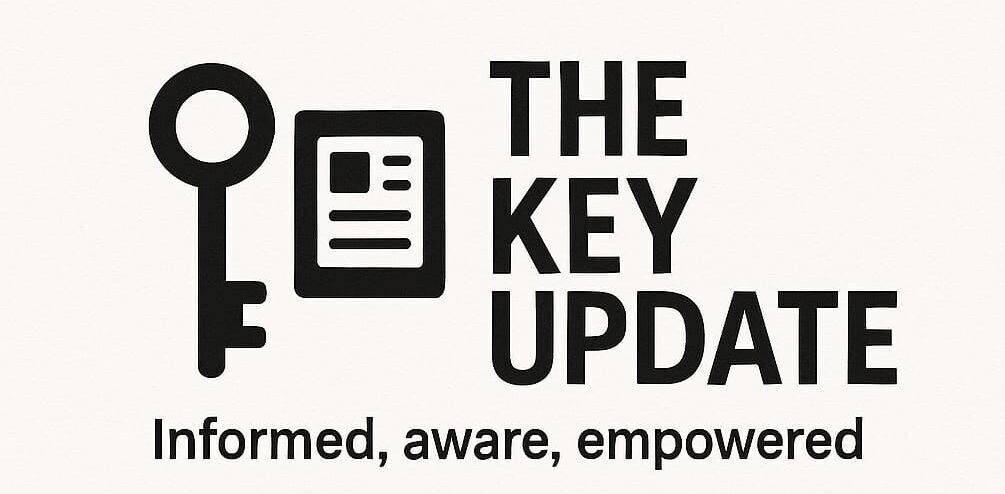Why are two countries that don’t share a border, but it looks like one of the Middle East’s most dangerous rivalries?
Introduction
Iran and Israel conflict is not just a reasonal issue, it is a long standing geopolitical power struggle which has the potential to ignite a war and a bigger war can take place.
Over the last 4 decades, Israel and Iran has become a very large strong enemies .It is locked in the shadow of war and inside it, involving cyber attacks, assignments, proxy wars, and nuclear threats. But to really understand why this matter is happening, how does both countries get to this point, for this, we will have to dig head into the politics and battles happening behind the scene and we will know the history behind it.
Within this blog we will explore its historical roots, and future risks that this battle is going to be one of the most dangerous battles in the Middle East and the world, in a geopolitical and political way.

📜 From Allies to Adversaries: A Historical Shift
Before 1979, Iran and Israel were not enemies. Both countries were enjoying close economic and military operations under the rule of pro-Western Iranian head Mohammad Reza Pahlavi. Trade took place between both of them, Iran used to send oil and in return it used to get military support from Israel.
But that change happened very fast and dramatically after the Iranian revolution in 1979. Ayatollah Ruhollah Khomeini became the head of Iran and as soon as he came to power he treated Israel like a culprit for occupying the Islamic land under the “Zionist regime“. Then he broke all relations with Israel and actively supported anti-Israel movements.
This is where the strategic and deeply rooted psychological conflicts begin—and they become much bigger over the days.
🧨 The Core Elements of the Conflict
There is no single reason for enmity between these two countries; it is driven by many reasons, and there are many interesting forces behind it, including religious ideology, regional power, and national security.
1.Ideological Opposition
Iran Islamic Republic sees Israel as Western back colonial forces living on Muslim land and its leadership repeatedly questioning Israel’s right to exist, often using strong anti Israel rhetoric.
In return, Israel views Iran’s regiem as an extenstial threat, specially when Iranians leader’s publicly say that we have to destroy the Jewish state.
2. Support for Anti-Israel Militias
Iran backs militants groups such as Hizbollah in Lebanon and Hamas in Gaza—both of which are committed to fighting Israel. These groups receives funding and training and weapons from the Iranian capital, Tehran
To avoid this, Israel continuously conducts military operations against Iran and these groups, and Israel considers this as a “red line”.
3.The Nuclear Question
Iran’s nuclear ambitions are a matter of great concern for Israel. Iran wants to insist on the nuclear program for peaceful purposes, but Israel believes that it is using it against it.
For Israel, the nuclear idea is unacceptable. And calmly lead to war if diplomacy fails.

⚔️ A War in the Shadows: Proxy Battles and Cyber Strikes
Till now there has been no conventional war between Israel and Iran. They are locked, in a “shadow war” and are plays through cyber attacks, intelligence operations and regional proxy conflicts.
Cyber Warfare
In 2010, a powerful computer virus that Creeper Iran’s nuclear program it was widely attributed to joint operation done between US and Israel .The name of that operation world discovered Stuxnet.
Since then both countries have launched cyber operations against each other on bank , infrastructure and defense systems.
Assassinations
Iranian nuclear scientist has been targeted, they has been killed in mysterious operations. Peoples believes it seems Israel is behind them, and it is not confirmed, and they rarely confirm responsibility.
Covert Strikes in Syria
Iran has built military bases inside Syria which are very close to the Israeli border. In response to this, Israel launched hundreds of air strikes targeting Iranian weapons, depots, conveys and bases in that region.
🌍 Regional Impact: Lebanon, Gaza, and Beyond
The Iran–Israel conflict is deeply entangled in regional flashpoints:
Lebanon
Iran supports Hezbollah, Siya militia, Iran gives them tens of thousands of rockets and they attack Israel. In 2006, Israel and its Hezbollah started a very big war for a month and even now the tension is increasing within them. And last year itself Israel caused a lot of damage to Hezbollah by firing rockets on them.
Gaza
In Gaza, Hamas militias receive weapons and funding from Iran. There is a conflict between Israel and Hamas. In 2021, Iran supported Hamas and became a factor in it. And last year Israel destroyed Hamas and destroyed their military base.
Syria
Iran had backed Syria in the Syriaian civil war and within it it gives birth to anti-Israel threads and in response israel continuously bombed Iranian supply lines and prevented weapon transfer to his HezBollah.

☢️ Iran’s Nuclear Program: Diplomacy on the Verge
in 2015 Iran Iran Iran signed a joint comprehensive plan of action (JCPOA) with major world powers showed agreement on their limits of nuclear activities in return of sanction relief.
But the United States could end the deal in 2018 under the rule of the president Trump ,because Iran had increased uranium production enrichment to higher levels.
Israel repeatedly says it will never allow Iran to obtain nuclear weapons, and that is why a military action is heated up if diplomatic efforts are fail . Despite this, tension always remains high and there is a possibility of a sudden war and escalation between the two.
🌐 Global Dimensions: Not Just a Regional Fight
Israel – Iran conflict yes it is not limited to the Middle East it is important and significant for the whole world and for the global impact and implications like :-
●The U.S and Israel are both closest allies and could impose harsh sanctions on Iran.
●Russia and China can support Iran economically and politically, complementing global diplomacy.
🤝 Is Peace Possible?
Looking at the current situation, it seems that both countries are showing some science and hope
●The young generation in both countries is more open to peace and they do not seem to like conflict type things, it may be…
●Economic pressure on Iran may force negotiations.
As long as these are extreme full powers it doesn’t seem that they will be of threads or exchanges because true peace remains uncertain.
📝 Conclusion:
The Iran and Israel conflict is not the story of just two nations but a long dangerous rivalry that influences war, economic politics and peace deals in the Middle East and its impact has spread beyond it too.
Understanding it is key to understanding the future of the region—and the fragile balance of power that keeps the world from falling into deeper chaos.
Let’s keep learning, keep asking, and keep hoping for a better path forward.

nice description..